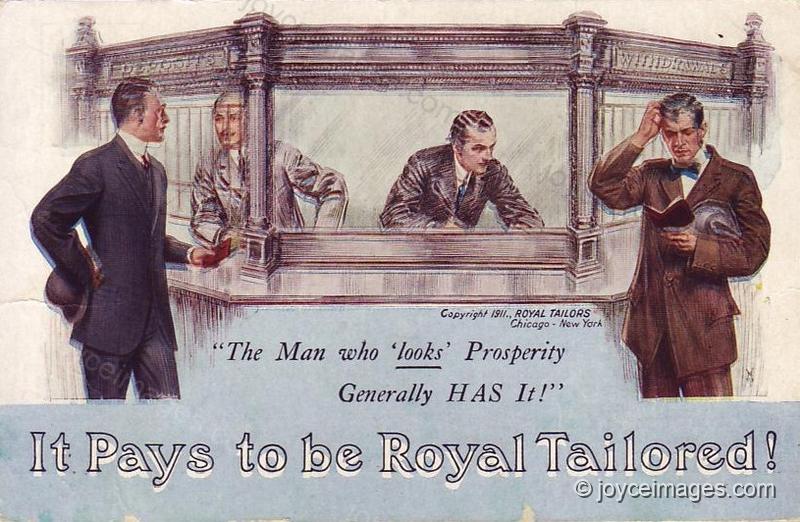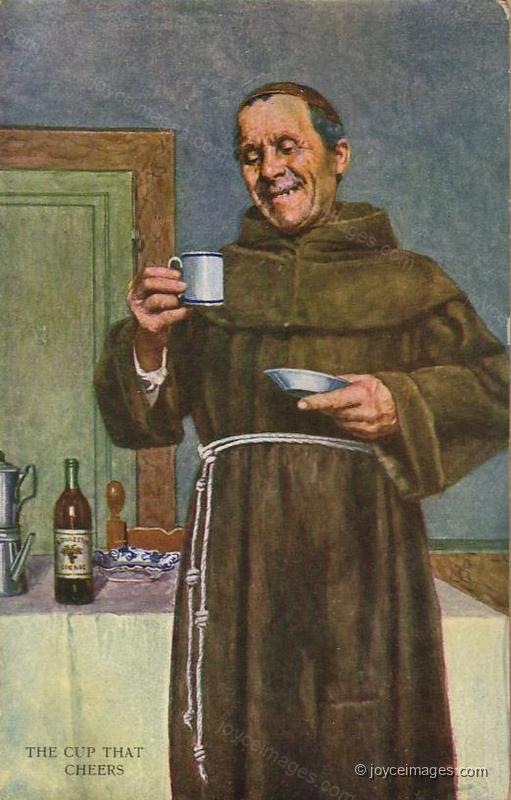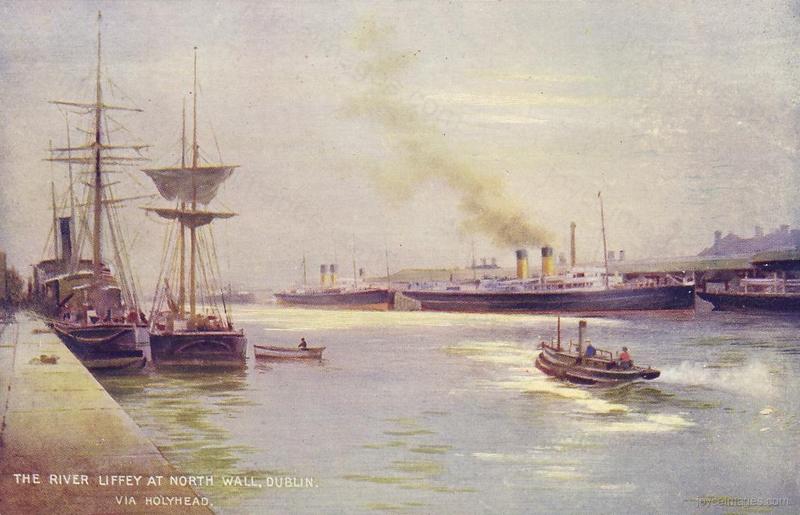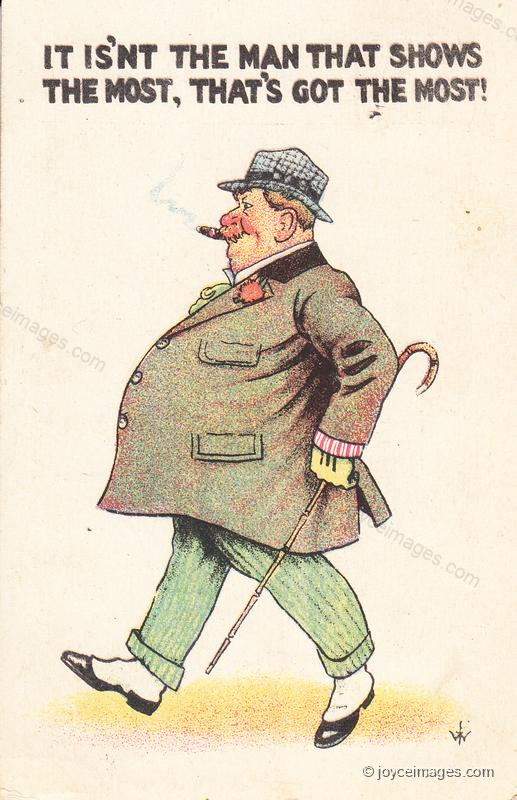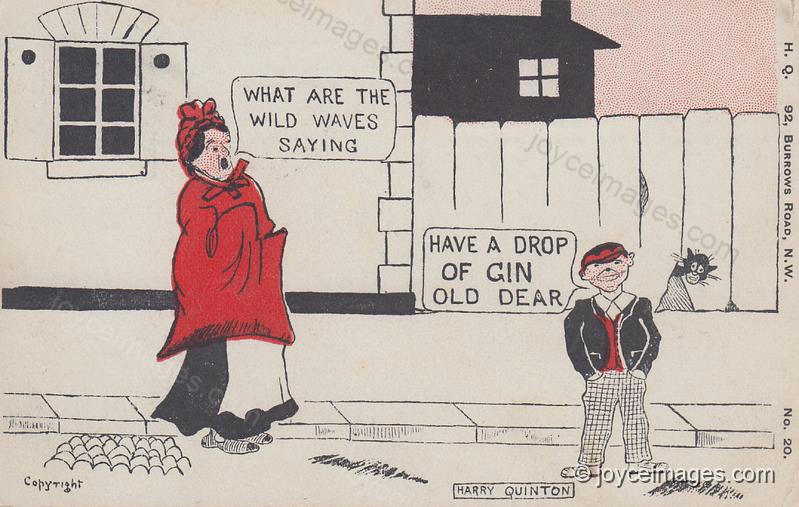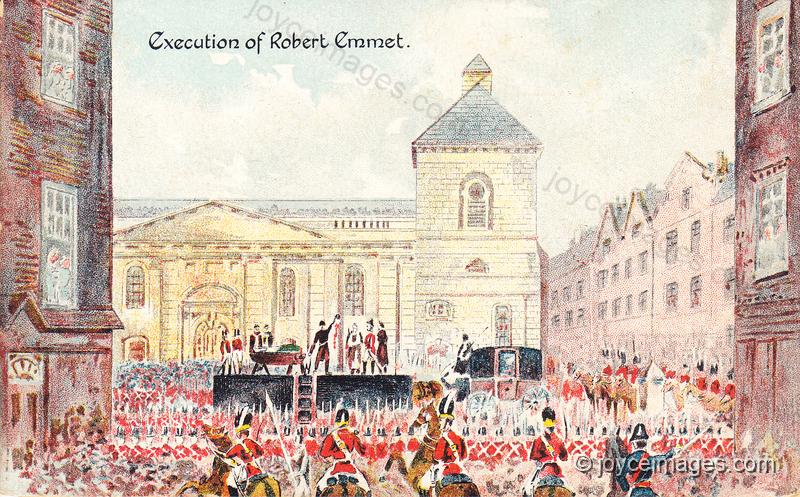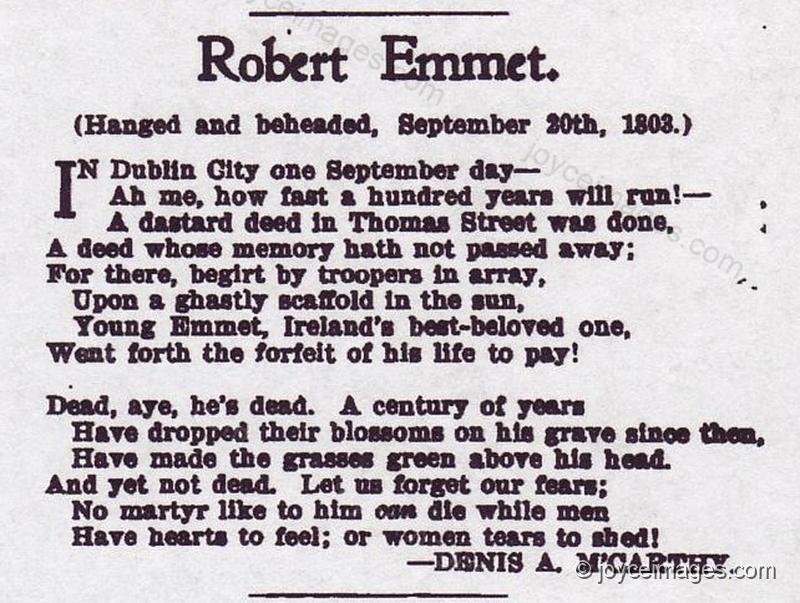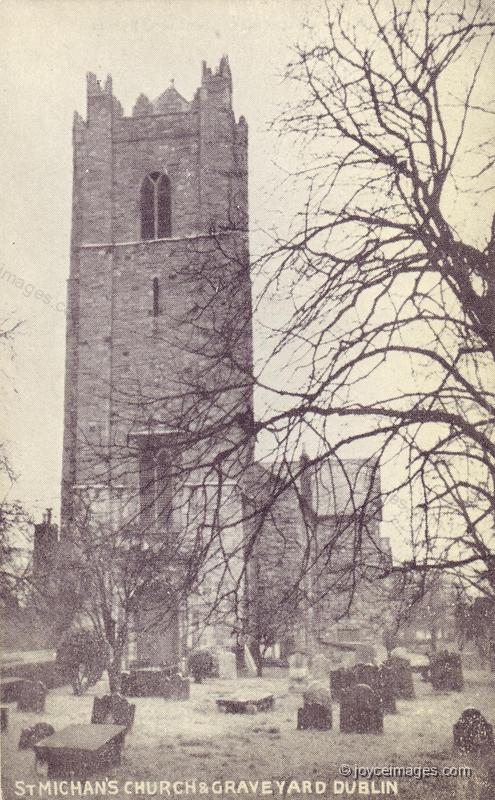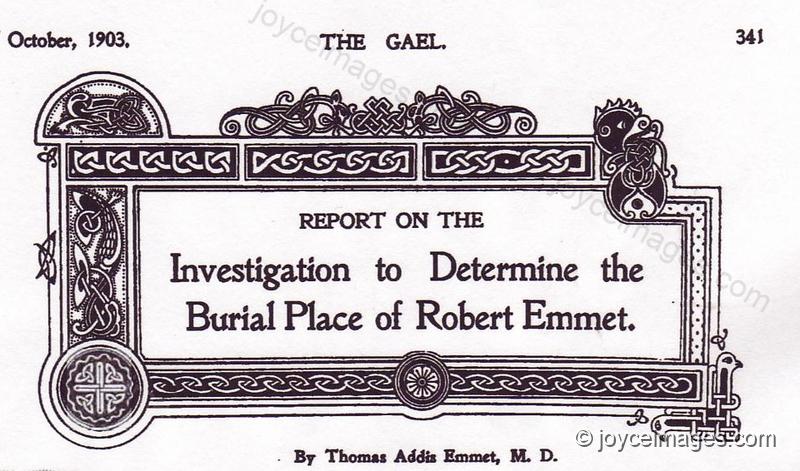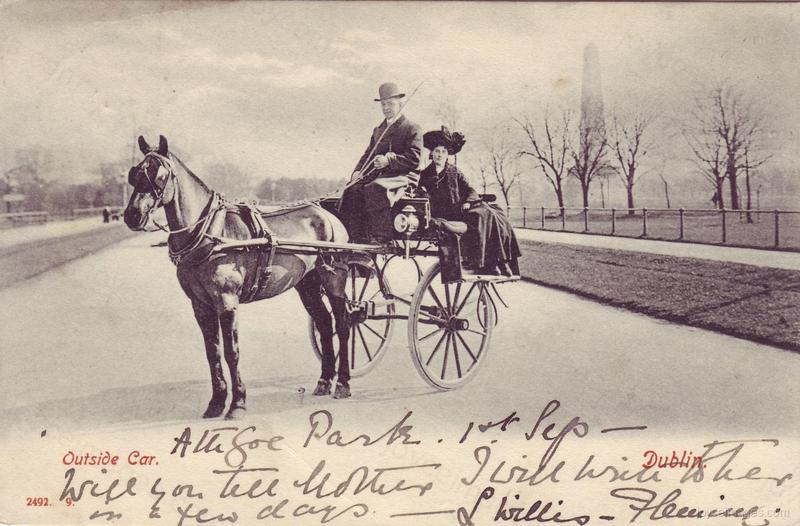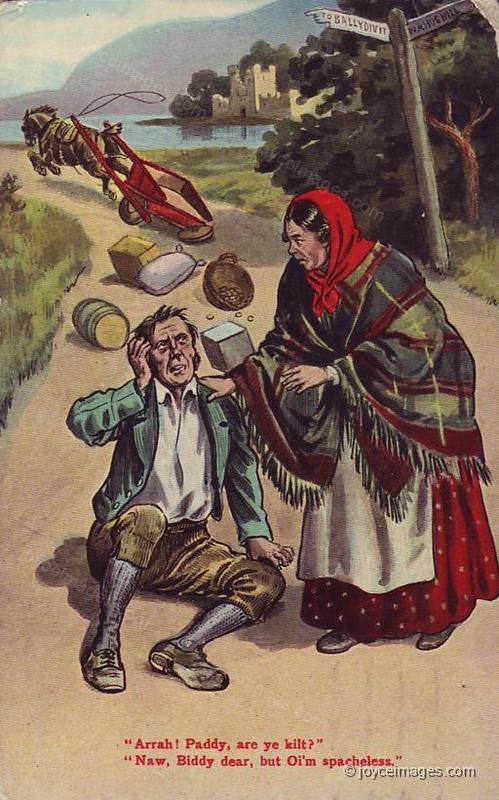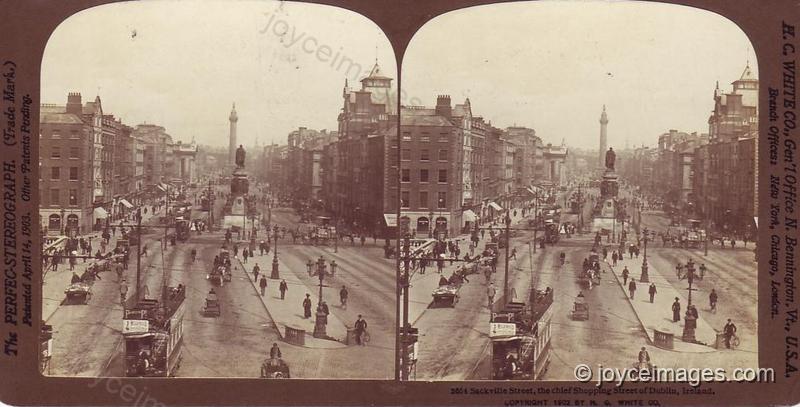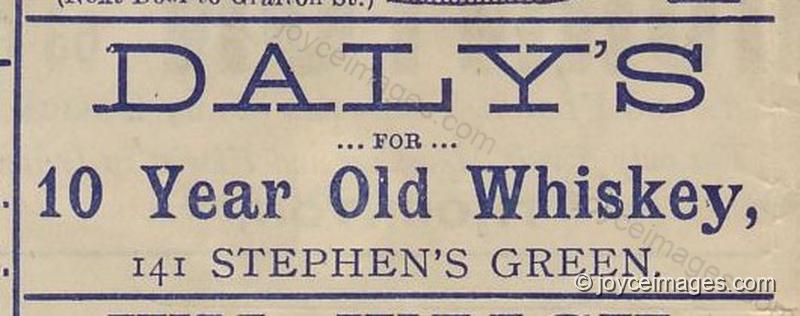... and a SV from 1865.
In both PC and SV, notice that Carlisle bridge is narrower than Sackville street, that the statue of Daniel O'Connell (unveiled 1882) is not up yet, and that no trams are to be seen.
In both PC and SV, notice that Carlisle bridge is narrower than Sackville street, that the statue of Daniel O'Connell (unveiled 1882) is not up yet, and that no trams are to be seen.
Between 1879 - 1882, to improve the streetscape and relieve traffic congestion, Carlisle bridge was widened to the width of Sackville street (230 ft or 70 m). It was then renamed O'Connell bridge for Daniel O'Connell, whose statue was being unveiled. In the early 19c., the pro-British still called the street Sackville, and the bridge Carlisle, as in this (published in England) postcard. The fact that Mr Kernan says Carlisle bridge may reflect his age, or his political views.
"Aham! Must dress the character for those fellows. Knight of the road. Gentleman. And now, Mr Crimmins, may we have the honour of your custom again, sir." (U10.748)
"North wall and sir John Rogerson's quay, with hulls and anchorchains, sailing westward, sailed by a skiff, a crumpled throwaway, rocked on the ferrywash, Elijah is coming." (U10.752)
"Mr Kernan glanced in farewell at his image. High colour, of course. Grizzled moustache. Returned Indian officer. Bravely he bore his stumpy body forward on spatted feet, squaring his shoulders. Is that Ned Lambert's brother over the way, Sam? What? Yes. He's as like it as damn it. No. The windscreen of that motorcar in the sun there. Just a flash like that. Damn like him." (U10.755)
"Aham! Hot spirit of juniper juice warmed his vitals and his breath.
Good drop of gin, that was. His frocktails winked in bright sunshine to his fat strut." (U10.761)
Good drop of gin, that was. His frocktails winked in bright sunshine to his fat strut." (U10.761)
"Down there Emmet was hanged, drawn and quartered. Greasy black rope. Dogs licking the blood off the street when the lord lieutenant's wife drove by in her noddy." (U10.764)
"Let me see. Is he buried in saint Michan's? Or no, there was a midnight burial in Glasnevin. Corpse brought in through a secret door in the wall. Dignam is there now. Went out in a puff. Well, well. Better turn down here. Make a detour." (U10.769)
Robert Emmet, patriot, was executed in Thomas St (Dublin) on September 20, 1803. The location of his remains is to this day a mystery.
Robert Emmet, patriot, was executed in Thomas St (Dublin) on September 20, 1803. The location of his remains is to this day a mystery.
In 1903 Thomas Addis Emmet led an investigation into the 3 possible places: the family vault (in St Peter’s Church yard, fronting on Augier’s Street), an uninscribed grave in St Michan’s (traditionally accepted as the hallowed spot by many Irish), and an uninscribed grave in Glasnevin. The investigation was disappointing, as he reported in The Gael (October 1903).
"Mr Kernan turned and walked down the slope of Watling street by the corner of Guinness's visitors' waitingroom." (U10.773)
"Outside the Dublin Distillers Company's stores an outside car without fare or jarvey stood, the reins knotted to the wheel." (U10.774)
An 'outside car' (or Jaunting-car) is a light two-wheeled carriage for a single horse. It usually seats four persons placed back to back, with the foot-boards projecting over the wheels. It was a popular mode of transportation in 19c. Dublin.
An 'outside car' (or Jaunting-car) is a light two-wheeled carriage for a single horse. It usually seats four persons placed back to back, with the foot-boards projecting over the wheels. It was a popular mode of transportation in 19c. Dublin.
"Damn dangerous thing. Some Tipperary bosthoon endangering the lives of the citizens. Runaway horse." (U10.776)
"Denis Breen with his tomes, weary of having waited an hour in John Henry Menton's office, led his wife over O'Connell bridge, bound for the office of Messrs Collis and Ward." (U10.778)


